Indian Defence Forces & Paramilitaries
Amazing Courses - Online and Classroom
[ ##thumbs-o-up## Share Testimonial here - make our day!] [ ##certificate## Volunteer for Bodhi Booster portal]
Understanding the structure of Indian armed forces
The top level structure of armed forces (military, paramilitary, nuclear command etc.) is as follows:
- Military : The Indian Military comprises the Indian Army, Indian Navy and the Indian Air Force. It is the world's third largest military force and has the world's largest volunteer army. Its Supreme Commander is the President of India. Its three service wings have their respective Chiefs. The top officer is the Chairman of the Chief of Staff Committee, who is the longest serving Chief among the Chiefs of the three services. All services fall under the Ministry of Defence (MoD).
- The Rashtriya Rifles (RR) is a branch of the Indian Army under the authority of the MoD. It is a counter-insurgency/anti-terrorist force made up of soldiers deputed from other parts of the Indian Army. One half of the RR come from the Indian Army's infantry, and one half from the rest of the Indian Army. The force is deployed in Jammu and Kashmir. It was raised by General Sunith Francis Rodrigues and moulded by General B C Joshi in 1990 into a force dedicated to fighting insurgency in Kashmir and to complement the weak local security forces. It comprises 65 battalions. The reputation of RR as a specialised anti-terrorist force forces militants to avoid any kind of direct confrontation.
- The Indian Coast Guard (ICG) (estd. 1978 by the Coast Guard Act as an independent Armed force) protects India's maritime interests and enforces maritime law, with jurisdiction over the territorial waters of India, including its contiguous zone and exclusive economic zone. It operates under the MoD. It works in close cooperation with the Indian Navy, the Department of Fisheries, the Department of Revenue (Customs) and the Central and State police forces. It has 15,714 active personnel, 163 vessels and 60 aircraft. India's exclusive economic zone (EEZ) is 20,13,410 sq.km., Territorial Waters span 1,55,889 sq.km., and the total coastline is 7,516.6 km.
- The Nuclear Command Authority (NCA) of India : It is the top authority for command, control and operational decisions regarding India's nuclear weapons programme. NCA's directive are operationalised by the SFC (Strategic Forces Command) under the control of a Commander-in-Chief of the rank of Air Marshal (or its equivalent) in charge of the management and administration of the tactical and strategic nuclear forces.
- Paramilitary and Central Armed Police Forces (5 + 1 + 1) :
- There are five Central Armed Police Forces (CAPFs) with a total strength of more than 8 lacs:
- Border Security Force (BSF), [strength approx. 2.6 lac]
- Central Industrial Security Force (CISF), [strength approx. 1.2 lac]
- Central Reserve Police Force (CRPF), which includes the RAF and CoBRA too, [strength approx. 3.1 lac]
- Indo-Tibetan Border Police (ITBP), [strength approx. 0.75 lac] and
- Sashastra Seema Bal (SSB) [strength approx. 0.75 lac]
- There is one Central Paramilitary Force (CPMF) namely Assam Rifles (AR)
- These six (5 + 1) are under the Ministry of Home Affairs
- The seventh force is the NSG, a 100% deputationst force
- Out of these, AR, BSF, ITBP and SSB are the ‘Border Guarding Forces’ while CRPF is deployed to assist the Civil Administration under the State Governments/UT Administrations in matters relating to maintenance of Public Order, internal security and counter insurgency
- The CAPFs have their own cadre of officers, but they are headed by officers of the Indian Police Service
- RAF and CoBRA are part of CRPF - RAF is a 10 battalion anti-riot force trained to respond to sectarian violence; the Commando Battalion for Resolute Action (COBRA) is a 10 battalion strong anti-Naxalite/COIN (counter insurgency) force
- Central police forces ("federal police") : Andaman and Nicobar Police, Chandigarh Police, Delhi Police, Dadra and Nagar Haveli Police, Daman and Diu Police, Home Guard, Lakshadweep Police, Puducherry Police, Railway Protection Force (RPF), and Special Protection Group (SPG).
- Border security : Deployment of forces along the borders is based on the principle of ‘One border, one border-guarding-force’. Accordingly, each border has been entrusted to a particular border guarding force.
- For Bangladesh and Pakistan borders, Border Security Force (BSF)
- For China border, Indo Tibetan Border Police (ITBP)
- For Nepal and Bhutan borders, Sashastra Seema Bal (SSB)
- For Myanmar border, Assam Rifles.
- Besides the above, the Indian army is guarding land borders along the LOC on Pakistan border and LAC on China border and Indian Navy and Coast Guard are vested with the responsibility of coastal borders, where the State (Marine) Police is acting as the second line of defence.
The Indian Armed Forces (Military) logo is
The three services are identified by their individual flags / logos
The glorious tradition of Indian Armed Forces, always!
The Indian Coast Guard protects the coastal borders of India
The Rashtriya Rifles crest
Understanding the CAPFs / Paramilitary of India
This classification may be confusing. Indeed, it was. Hence a clarification was issued in 2011, as shown below:
Key differences : Army versus CAPFs / Paramilitaries
- Army is topmost in the hierarchy, but second in the line of defence. The CAPFs / PM are the first to handle the trouble or take the bullets.
- Army has its own separate defence budget (shown on this page later), but CAPFs/PM have no consolidated fund. Alloted money can be taken back by the MHA.
- Martyr status upon death, for Army personnel. Death in action does not bring this glory to CAPFs/PM personnel.
- Army alternates between peace and field. CAPFs/PM have need-based postings that means they can be in field for a very long time!
- Army promotes based on experience. CAPFs/PM can promote officers with no actual combat experience.
- Armed forces are under the MoD. Others are under the MHA.
Assam Rifles (AR)
Border Security Force (BSF)
Central Industrial Security Force (CISF)
Central Reserve Police Force (CRPF)
Established in 1939 as the ‘Crown Representative Police’ on at Neemuch (MP), the Force was renamed Central Reserve Police Force (CRPF) after 1947. It looks after the internal security, countering Naxal operations, assisting the police operations, helping with the UN peace-keeping missions, guarding the India-Pakistan Border until 1965 etc. In the 2001 Parliament attack, the CRPF troops killed the five terrorists and saved our leaders.
CRPF is the largest of the Central Armed Police Forces units with 3,25,000 personnel in 245 battalions.
The Rapid Action Force (RAF) and Commando Battalion for Resolute Action (CoBRA) are specialized wings of the CRPF to deal with the riots and Left Wing Extremism/ insurgency respectively.
RAF - In 1992, 10 Battalions of CRPF were reorganized and converted into 10 Battalions with 4 companies each of Rapid Action Force (RAF). RAF is an effective strike force in communal riots and similar situations. These Battalions are located at 10 communally sensitive locations across the country to facilitate quick response in case of any such incident, and are working under the supervision of an Inspector General.
RAF Locations - Telangana Rangareddy 99 RAF, Gujarat Ahmedabad 100 RAF, Uttar Pradesh Allahabad 101 RAF, Maharashtra Navi Mumbai 102 RAF, Delhi Wazirabad 103 RAF, Uttar Pradesh Aligarh 104 RAF, Tamil Nadu Coimbatore 105 RAF, Jharkhand Jamshedpur 106 RAF, Madhya Pradesh Bhopal 107 RAF, Uttar Pradesh Meerut 108 RAF.
CoBRA - In 2008, the Government approved raising of 10 Battalions (Bns) of the specialized Force CoBRA (Commando Battalion for Resolute Action) in the CRPF. These undertake commando operations and guerrilla/jungle warfare, and are located mainly in areas affected by Left Wing Extremism (LWE). Like RAF, these Bns are under the supervision of an Inspector General.
[##leaf## Read our Special on Naxalism, here]
[##leaf## Read our Special on Naxalism, here]
The Rapid Action Force
The CoBRA force
Indo-Tibetan Border Police (ITBP)
It protects the northern borders, checks illegal immigration and trans-border smuggling, guards the Indo-Tibet border and the mountainous regions, is trained in disaster management, and has been deployed in UN peacekeeping missions at many places as well.
ITBP was raised in the wake of Chinese aggression in 1962 with a modest strength of 04 Bns under an integrated “Guerrilla-cum-intelligencecum-fighting Force” self contained in supplies, communication and intelligence collection. It is now a conventional Border Guarding Force. Today, ITBP guards 3,488 kms of Indo-China Border and in manning 169 Border Outposts on altitudes ranging from 9,000 feet to 18,750 feet in the Western, Middle and Eastern Sectors of the Indo-China Border along the Himalayas, from Karakoram Pass in Ladakh to Jachep La in Arunachal Pradesh at the altitude of 18,176 feet. ITBP is also deployed in Left Wing Extremism affected areas of Chhattisgarh. The Force has a total sanctioned strength of 89,430.
ITBP Commandos are deployed in Afghanistan providing security to Embassy of India, Kabul and Consulate General of India in Jalalabad, Kandhar, Majar-e-Sharif & Herat. ITBP personnel have been awarded “President’s Police Medal for Gallantry’ in 2015 for their role in repulsing Fidayeen attack at Consulate General of India, Herat, Afghanistan on 23.05.2014.
National Security Guard (NSG)
It is a 100% deputationist Force and all personnel are posted on deputation from Army, CAPFs, State Police and other Organizations. They are also assigned the task of providing mobile security protection to designated Protects. Since its inception, NSG has conducted numerous operations including operation at Akshardham Temple, Gujarat in September, 2002 and at Hotel Taj, Hotel Oberai Trident and Nariman House in Mumbai in November, 2008 during terrorist attacks.
Sashastra Seema Bal (SSB)
(formerly the Special Service Bureau)
[##leaf## Read our full Bodhi on 'India's defence preparedness' here (Hindi also available)]
[##fighter-jet## Learn English Vocabulary with PT's Vocab Booster]
Indian Coast Guard
Expenditure incurred on all CAPFs etc.
(from 2003 to 2016)
Women in the CAPFs (Paramilitary)
Defence Budget for Indian Military (MoD)
The glory of India!
[##leaf## इस सामग्री को हिंदी में पढ़ें]
[##fighter-jet## Learn English Vocabulary with PT's Vocab Booster]
Indian Coast Guard
Advanced Light Helicopters - Dhruv
Fast Patrol Vessels - FPVs
Chetak helicopters
Expenditure incurred on all CAPFs etc.
(from 2003 to 2016)
Women in the CAPFs (Paramilitary)
Indian Military / Armed Forces - overall strengths
Commissioned Ranks in Indian Military Forces
Defence Budget for Indian Military (MoD)
The glory of India!
[##leaf## इस सामग्री को हिंदी में पढ़ें]
Please Rate & Comment - Thanks :)
Enter Name & Email ID and SUBMIT, or log into FB / Google and SUBMIT - we don't store/use your personal data
This page will be continuously updated.















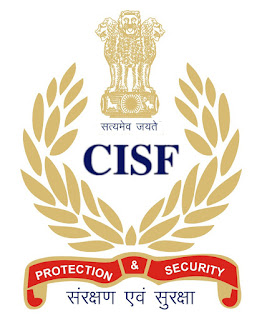







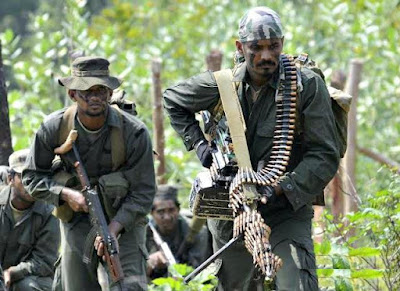





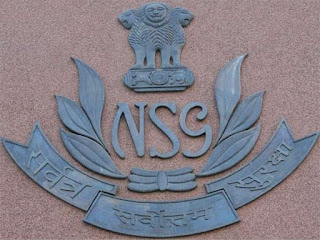

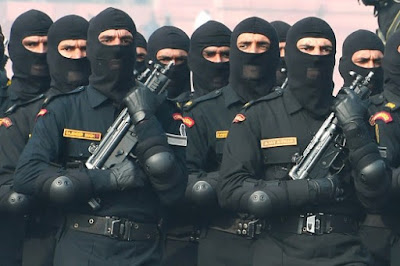



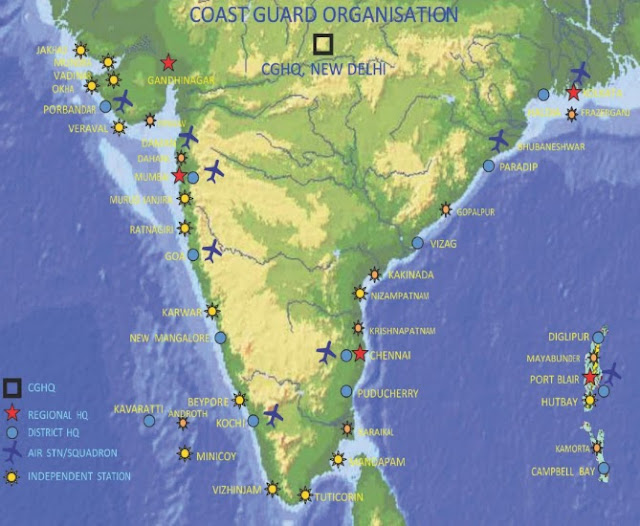

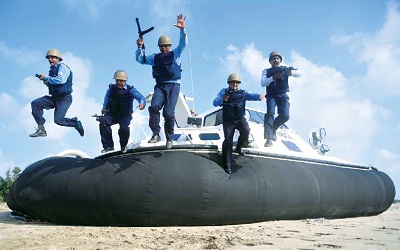


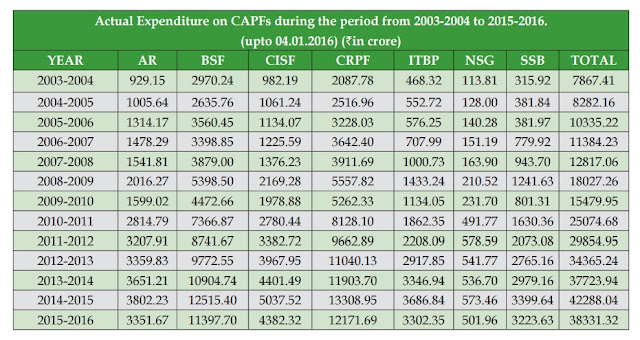


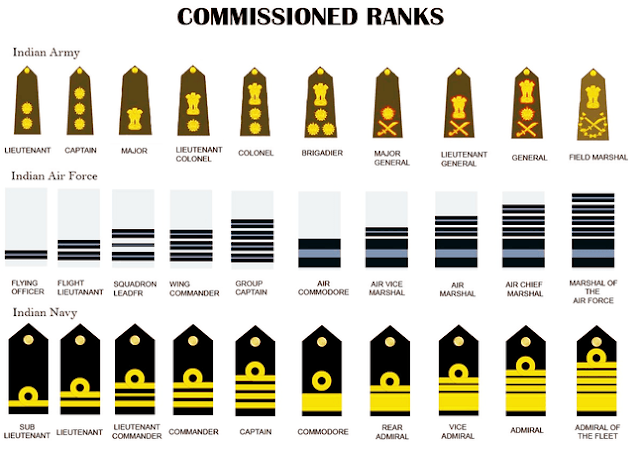


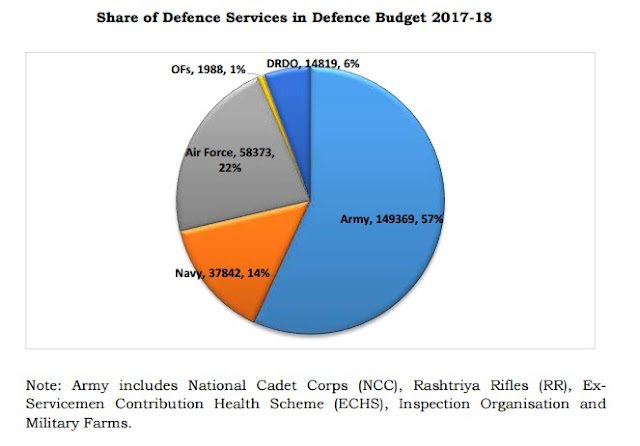

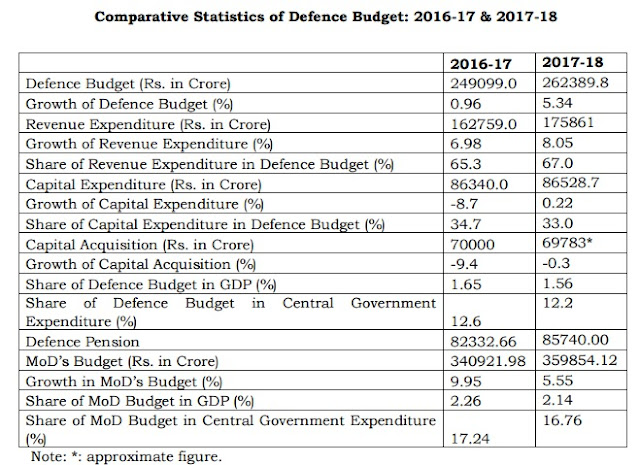
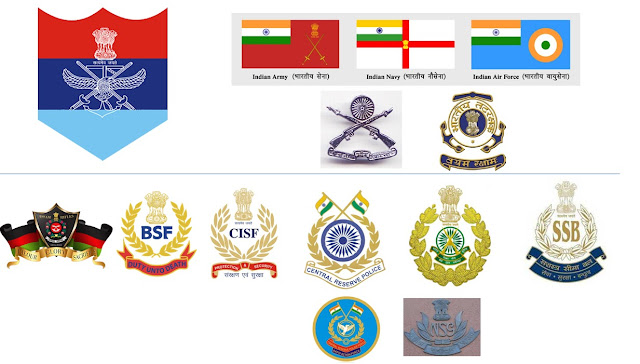








COMMENTS